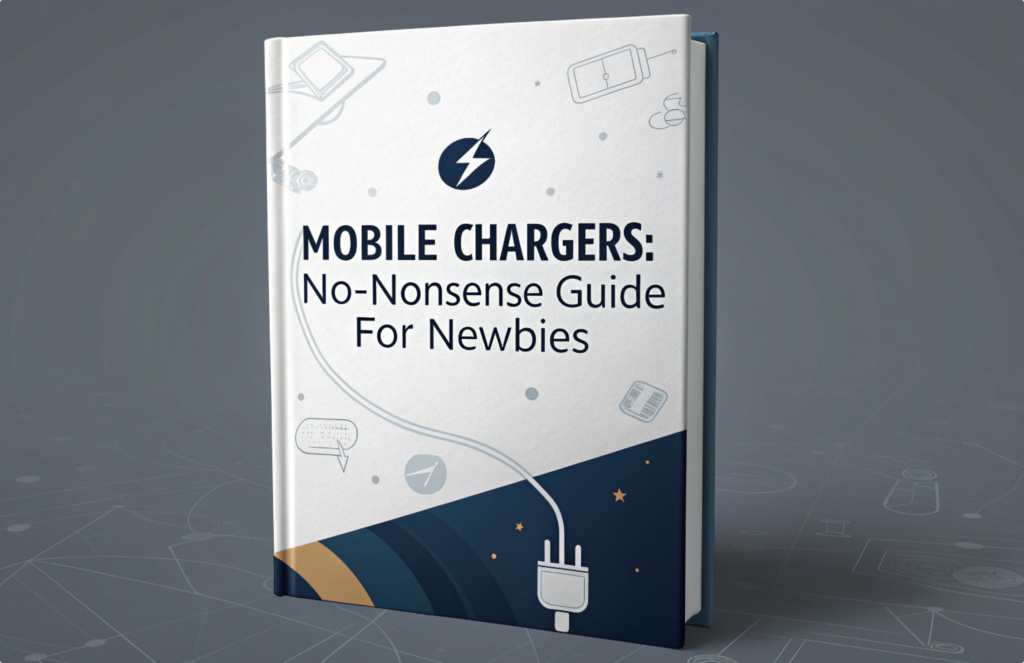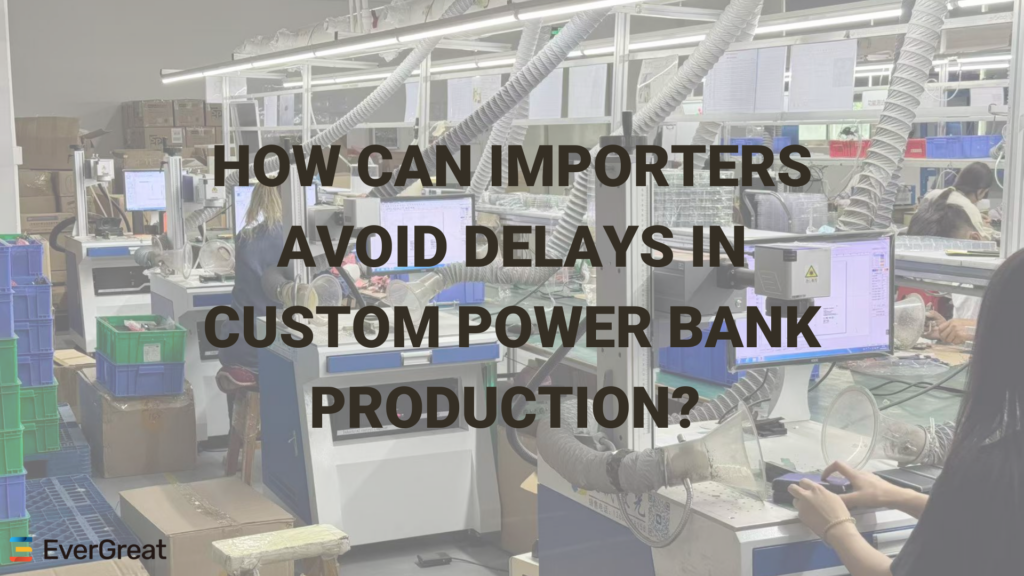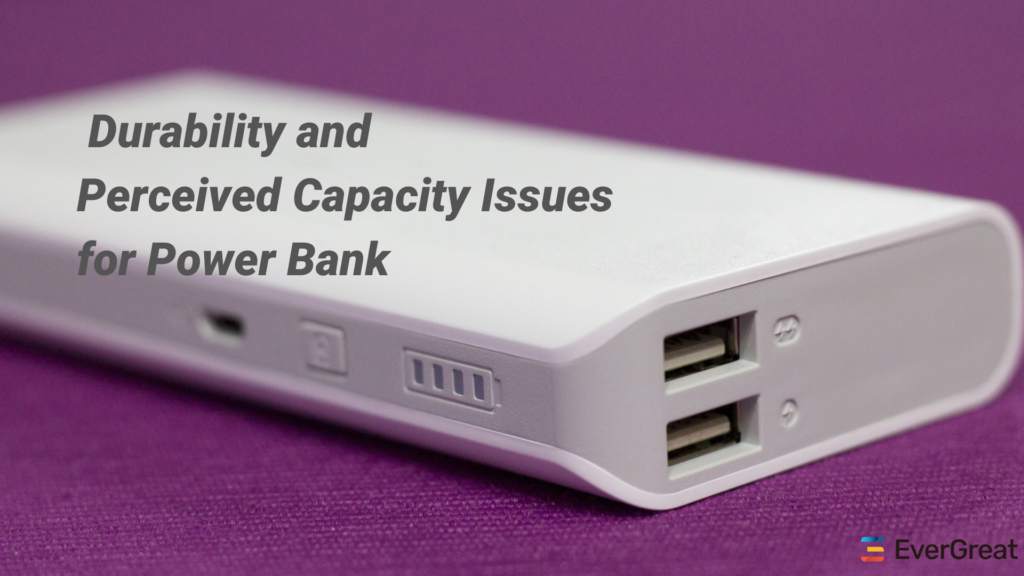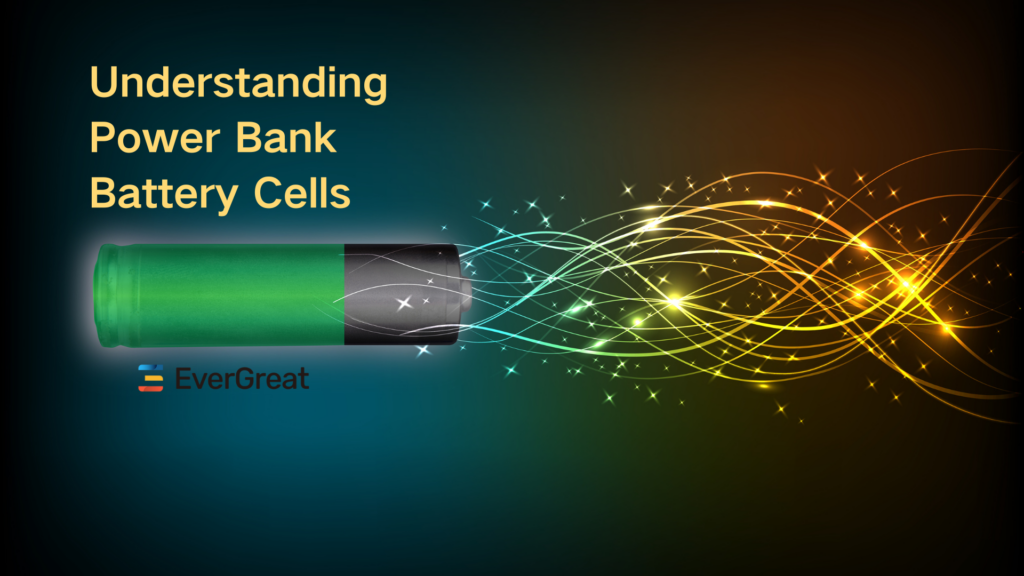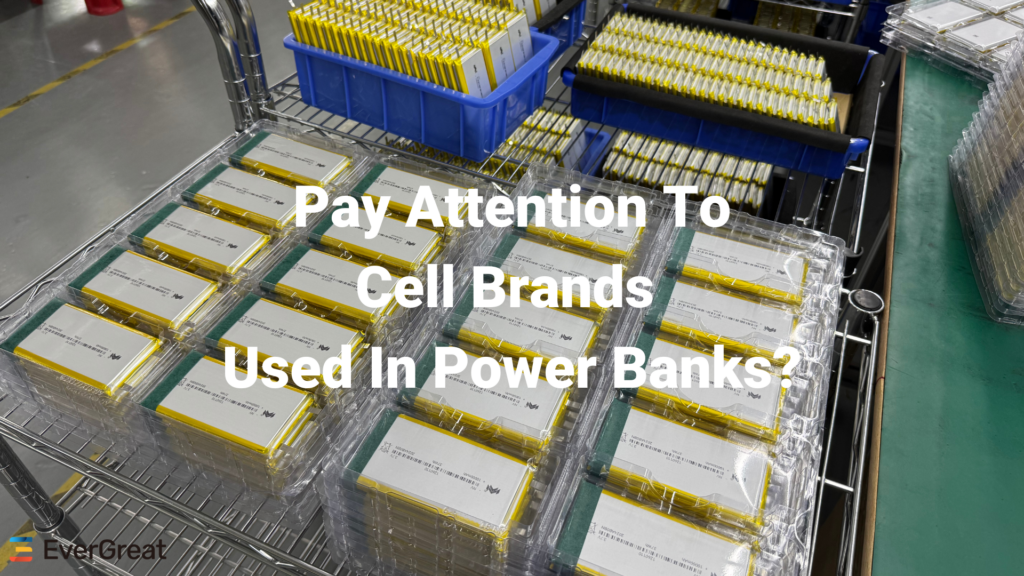Introduction
With the widespread use of mobile devices, power banks have become indispensable tools in modern life. However, safety concerns associated with traditional lithium-ion batteries, such as the risk of overheating or explosion, have prompted the industry to seek safer alternatives. Lithium Iron Phosphate (LFP) and semi-solid state batteries have emerged as focal points due to their superior safety and performance. This report will delve into the current status, market trends, and future development of these technologies.
Current Status of Power Bank Battery Technology
The power bank market currently predominantly relies on lithium-ion batteries, which are widely favored for their high energy density and portability. According to a report by Research and Markets, lithium-ion batteries dominate the portable power source sector due to their suitability for the charging needs of various devices. However, their safety hazards, such as thermal runaway, particularly when batteries are damaged or improperly used, have raised concerns among consumers and manufacturers. Market analysis for 2025 indicates that safety and reliability have become critical factors in purchasing decisions.
The Rise of Lithium Iron Phosphate (LFP) Batteries
LFP batteries, a variant of lithium-ion batteries, are renowned for their exceptional thermal stability and safety. Compared to traditional lithium-ion batteries, LFP batteries are less prone to thermal runaway and offer longer cycle lives, reaching up to 3,000 charge cycles, compared to the typical 500 cycles of traditional batteries. According to ebluetimes’ analysis, LFP batteries use graphite for the anode and lithium iron phosphate for the cathode, with electrolytes similar to traditional lithium batteries, but their chemical stability is significantly enhanced.
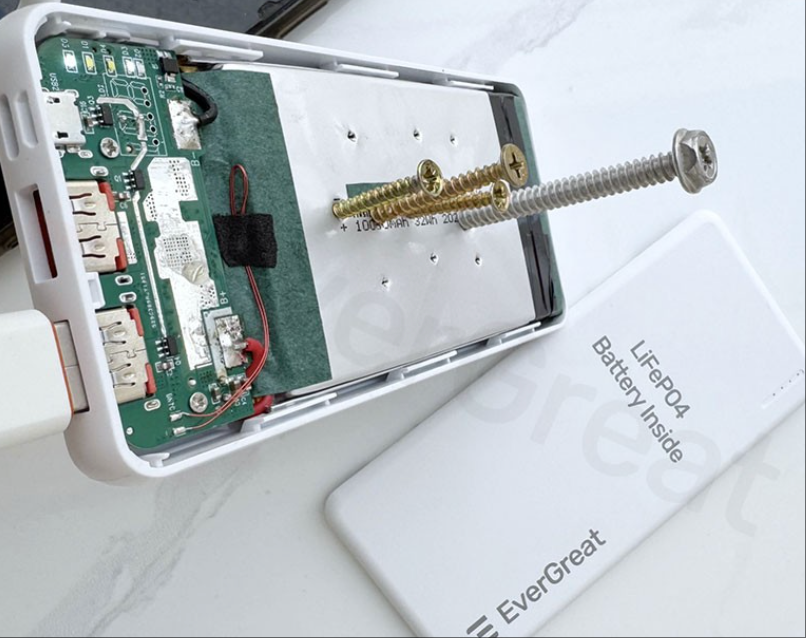
There are existing examples of LFP power banks in the market. Reddit discussions confirm that Anker’s Power Bank 548 uses LFP batteries, providing 3,000 charge cycles, which has been well-received by users (Anker discussion). These products attract safety-conscious consumers due to their low overheating risk and eco-friendly characteristics, such as non-toxic components.
The advantages of LFP batteries include longer lifespan and lower environmental impact. A Power Sonic report highlights that LFP batteries weigh only a quarter of lead-acid batteries and offer up to 10 times the cycle life of traditional batteries, making them more cost-effective in the long run.
Semi-Solid State Batteries: The Potential of Next-Generation Technology
Semi-solid state batteries represent a technology intermediate between traditional liquid lithium batteries and all-solid-state batteries. They utilize a semi-solid electrolyte, combining the advantages of both solid and liquid electrolytes. As defined by Wikipedia, semi-solid state batteries offer higher energy density, faster charging speeds, and improved safety because their electrolyte is less flammable, reducing fire risks.
Currently, semi-solid state batteries are primarily used in electric vehicles (EVs) and large-scale energy storage systems. In consumer-grade power banks, the application of semi-solid state batteries remains limited. Market analysis from 2025 indicates that their high cost and manufacturing complexity are still significant barriers.
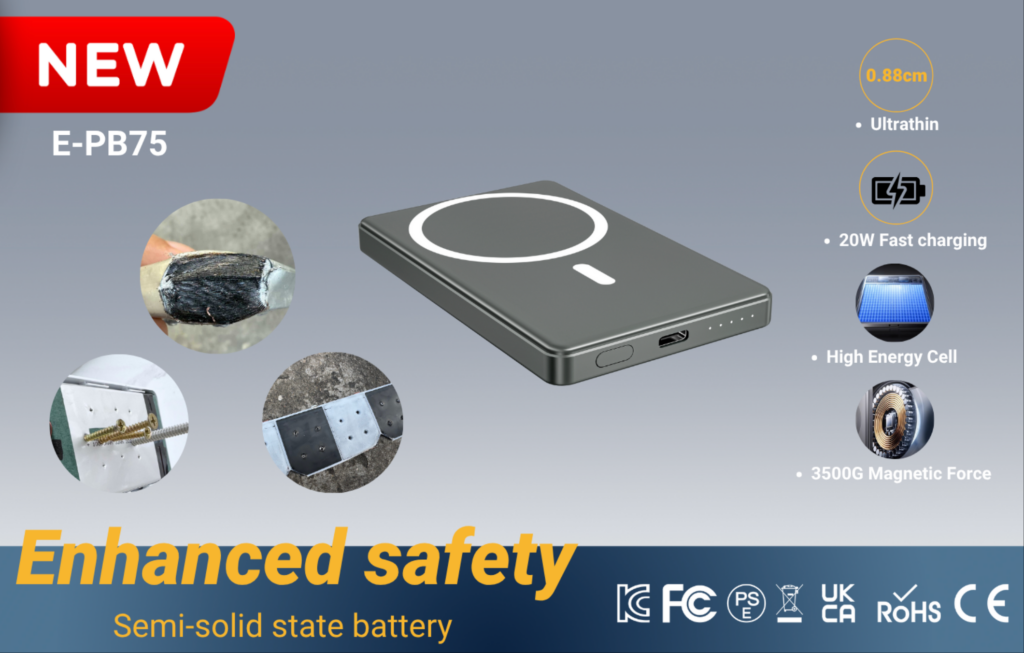
Market Trends Driving the Adoption of Safer Battery Technologies
Several trends in the power bank market are driving the adoption of safer battery technologies:
- High Capacity Demand: According to Verified Market Research, consumers are increasingly inclined to choose high-capacity power banks of 10,000mAh and above, particularly suitable for travelers and professionals. This drives the demand for more efficient batteries.
- Fast Charging Technology: Fast charging capabilities have become standard, meeting users’ need for quick charging, especially in emergencies.
- Environmental Awareness: Consumers are increasingly environmentally conscious, making solar charging and the use of recyclable materials trending. For example, Grand View Research predicts that the solar charging segment will grow at a compound annual growth rate of 9.3% through 2030.
- Safety and Reliability: Safety concerns are gaining prominence. LFP batteries are welcomed for their low-risk characteristics, and the potential applications of semi-solid state batteries may also attract users due to their safety.
These trends reflect consumers’ higher expectations for safety, portability, and sustainability. According to an analysis by CIC energiGUNE, the battery market is projected to reach $423.9 billion by 2030, with the growth of electric vehicles and renewable energy storage further driving technological innovation.
Conclusion
Power bank battery technology is evolving towards safer and more efficient directions. Consumer focus on safety and environmental protection will continue to drive industry innovation. It is recommended that users consider LFP models when purchasing and pay attention to the future development of semi-solid state technology.


